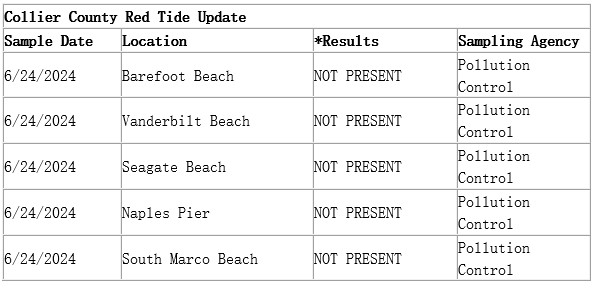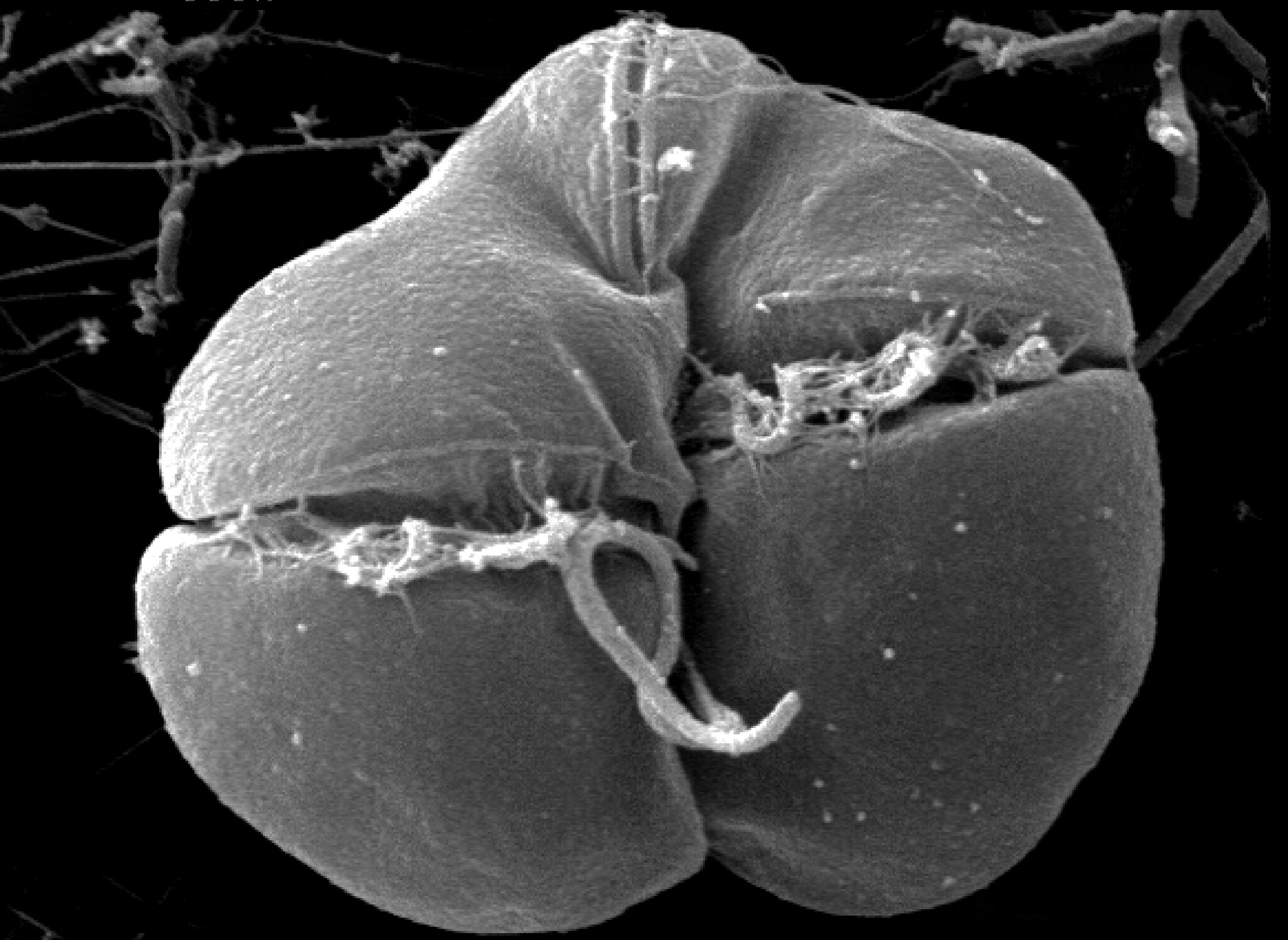
In fisheries management, setting the acceptable biological catch (ABC) is vital to ensure sustainable harvest without overexploiting fish stocks. The ABC determines how much fish can be harvested each year, and is estimated using a stock assessment model that brings together multiple data sources to estimate fish abundance and productivity. However, in the Gulf of Mexico, red tides introduce a lot of uncertainty into this process. Ongoing red tide blooms can leave managers guessing about their impacts on fish stocks when trying to set the ABC. This uncertainty about red tide impacts can lead to lower catch levels for commercial and recreational fishers, resulting in a lower ABC and less opportunities to bring fish home. To learn more about the ins and outs of fisheries management in Florida, check out the third education module in the FREE Florida Friendly Angler online program!
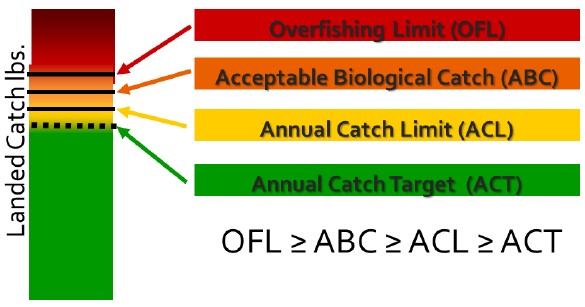
Red tides affect fish populations and ecosystems in several ways. First, the brevetoxin released by red tide affects the central nervous system of fish and can result in large fish kills. Moreover, there are multiple sublethal and indirect effects of red tide such as low oxygen, impacts to benthic habitat, movement, and food web dynamics. Red tide could possibly alter the amount of bait/forage available for our prized game fish to eat and negatively impact the habitat where they live. In other words, a gag grouper that is exposed to red tide or poor water quality will have less food to eat, slower growth, and be less likely to survive, reproduce, and maybe one day be caught. Combined with the fact that red tide doesn’t occur in the same place every time, with the same severity or duration makes estimating red tide impacts on reef fish species tough!
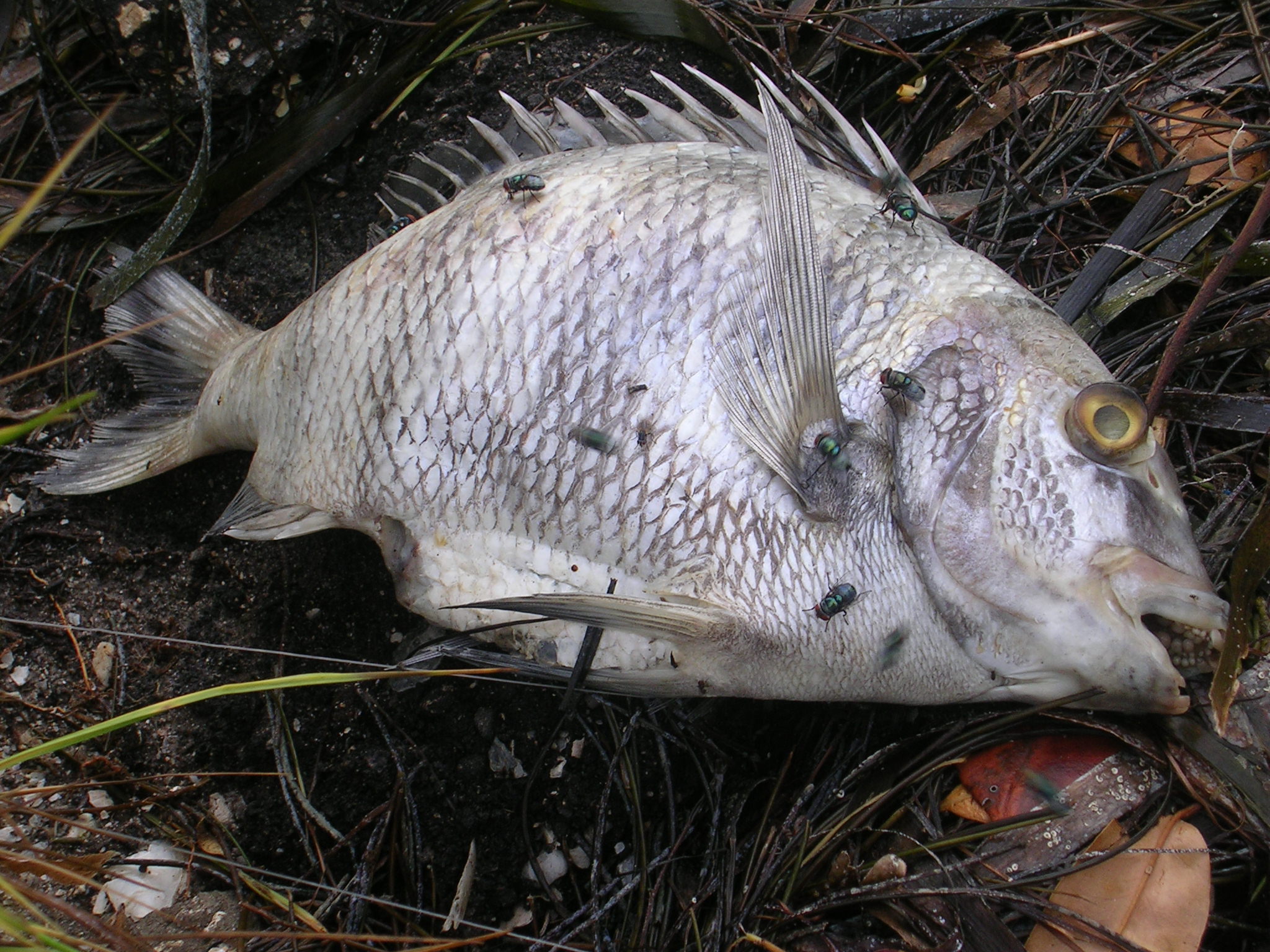
To tackle this difficult task of estimating red tide impacts on fish stocks and helping make better informed management decisions, comes a new project that aims to a estimate and incorporating red tide mortality into the ABC determination for Gulf of Mexico (GoM) reef fishes. The “Operationalizing the West Florida Shelf ecosystem model and application to red tides, stock assessment, and catch advice for Gulf of Mexico reef fish” project was funded by the NOAA Restore Science Program. The project team is developing satellite products to map red tides that will inform an ecosystem model designed to account for factors like the severity and duration of red tide blooms, their lethal and sublethal impact on fish and other marine fauna, and ecosystem dynamics.
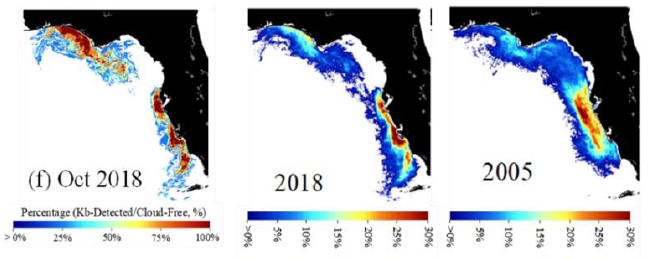
In previous work, the ecosystem model was used to inform the ABC for gag grouper, resulting in a longer fishing season because the impacts on ongoing blooms were estimated to be lower than anticipated. The project team will refine the model’s inputs and extend its application to additional GoM reef fishes over the next five years. Furthermore, it will develop improved satellite-derived red tide maps and update biogeochemical models to estimate nutrient and oxygen dynamics. These model improvements will enable more precise estimation of red tide mortality rates on various reef fish species undergoing stock assessments. The project outcomes will be presented at workshops and incorporated into stock assessments, ensuring that the ABC reflects current red tide conditions. By operationalizing this modeling framework, fisheries managers can conduct routine red tide assessments, enhancing the sustainability of Gulf fisheries!
Where you can help!
Are you an angler, boater or beach goer living in Florida and wish to help researchers know more about red tide?
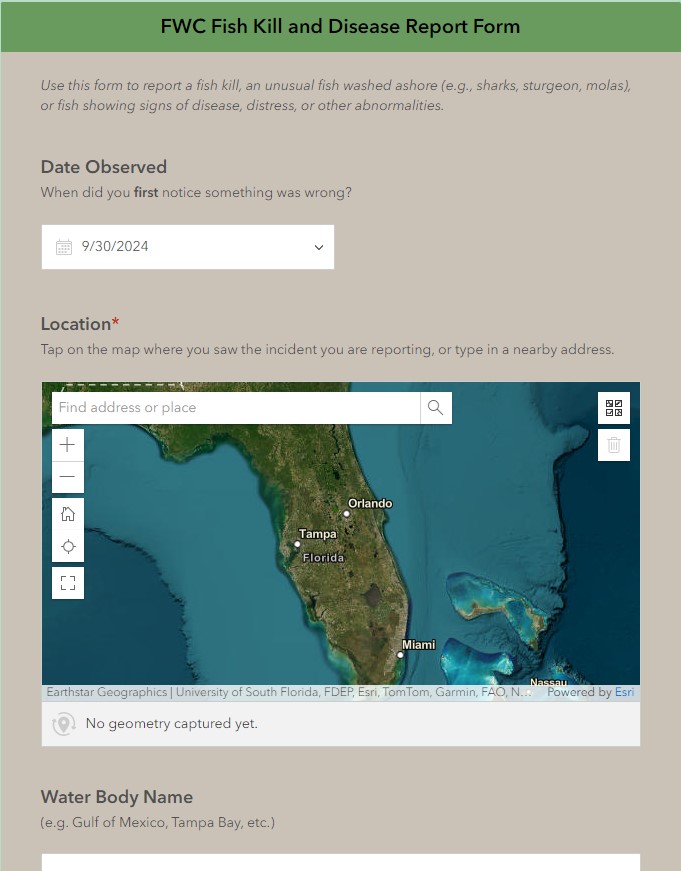
Then please consider submitting data to the FWC Fish Kill Hotline anytime you experience dead marine life, particularly when red tide may be present!
The Fish Kill Hotline survey tool used to collect general fish kill reports may be accessed via the hyperlink above or by copy and pasting this link into your browser:
OR
OR
By calling 1-800-636-0511 and letting them know what you have seen!
Learn more about the FWC Fish Kill Hotline by visiting their landing page here
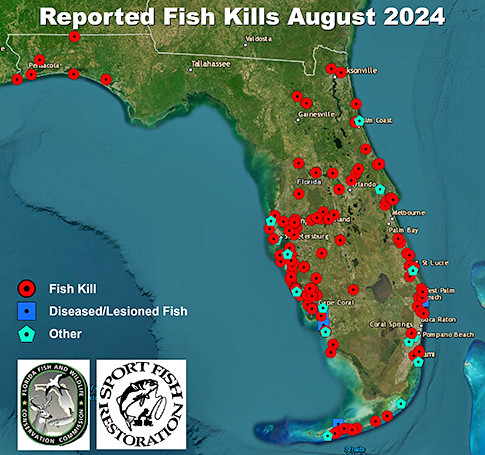
Fish kills aren’t unique to red tide, there can be a number of causes how and why they can occur (low dissolved oxygen, pollution, storms/tidal surge, blue green algae); however for the project above, we are most interested in marine reports. Information researchers are interested in for this project includes: where did you encounter red tide? Did you see any dead/dying marine life? If so which species? Did your plans change due to encountering red tide? These and a few more questions can improve the models and help managers a TON by helping us determine how fisheries are affected by red tides!
Have a question about red tide and fisheries management you would like answered? Submit your question via this link here and check back to this blog periodically where selected questions and answers will be posted!
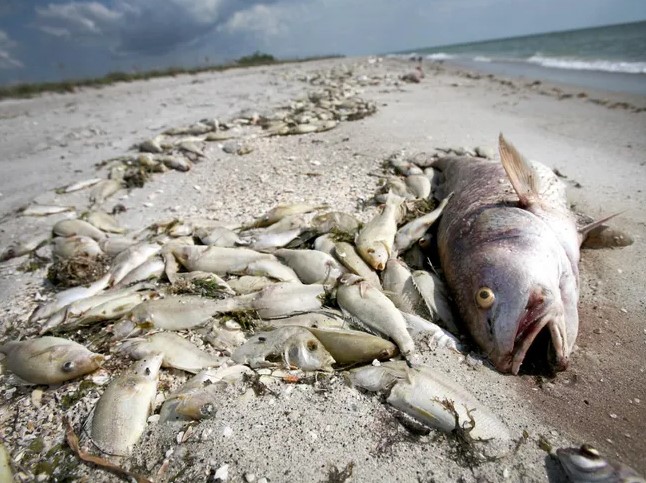
Resources:
- Red Tide Updates:
- There are plenty(!) of resources and educational materials created about red tide! Check the links below to find information on red tide monitoring, forecasts and beach conditions that you may want to add to your red tide tackle box if and when a bloom occurs. The Florida Fish and Wildlife Commission (FWC) has a service where you can subscribe to to receive weekly email and/or text notifications on the detection and current status of red tide throughout the state.
-
- Collier County also has an automated notification system regarding red tide presence/status at county specific locations. To sign up for theses updates check out this link.
- Common Causes of Fish Kills in Florida– Dead fish doesn’t always mean red tide, low dissolved oxygen, blue green algae, and extreme weather events can result in a fish kill. Check the link to learn more!
- Monitoring:
- FWC Link to current red tide status throughout the state of Florida
- Mote Marine Laboratory beach condition reporting system for Florida. Information regarding red tide presence with plenty of info on tidal and environmental conditions across many beaches within our state.
- USF Ocean Circulation Lab Red Tide Prediction and Tracking
- National Centers For Coastal Ocean Science (NCCOS) harmful algae bloom forecasts for Florida and Texas
- Reporting:
- Live on the west coast of Florida and would like to help researchers record observations during a red tide? Please consider taking this brief survey when you encounter a bloom near you.
- FWC Fish Kill Hotline 800-636-0511
- Red Tide Fact Sheets:
- Red Tide FAQs:
- Red Tide Seafood Safety/Fishing:
- Red Tide General Info:
- Videos:
- Peer Reviewed Papers:
- Literature Review of Florida Red Tide: Implications for Human Health Effects
- Effects of Karenia brevis harmful algal blooms on nearshore fish communities in southwest Florida
- Effects of Karenia brevis harmful algal blooms on fish community structure on the West Florida Shelf
- Evaluating red tide effects on the West Florida Shelf using a spatiotemporal ecosystem modeling framework
- Karenia brevis red tides, brevetoxins in the food web, and impacts on natural resources: Decadal advancements
- Blue-Green Algae aka Cyanobacteria and other HABs:
- General resources:
- University of Florida harmful algae bloom website. Information of causes, effects, solutions and FAQs of HABs
- Protecting Florida Together; website with information regarding red tide/blue green algae task force, habitat restoration etc.
Karenia brevis aka “red tide” cells swimming! These microscopic organisms belong to the dinoflagellate phylum of algae which have appendages that allow them to move around in the water column. The word dinoflagellate is derived from the Greek dînos meaning “whirling” and Latin flagellum meaning “whip.” K. brevis’s unique motion helps researchers identify red tide cells from other phytoplankton and algae in a water sample.
 1
1
